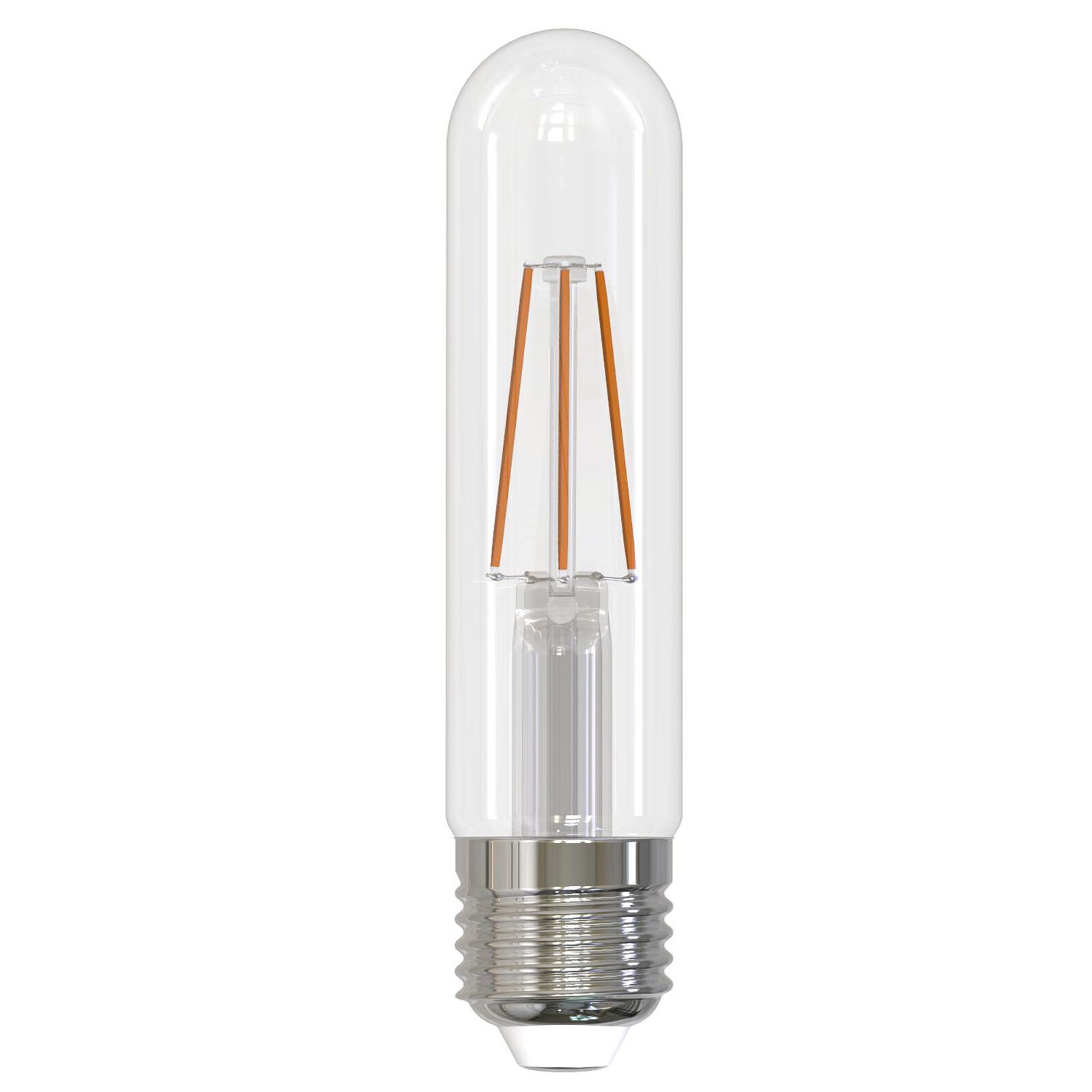

Articles
How Many Lumens Is A 5-Watt LED Bulb
Modified: February 22, 2024
Looking for articles on how many lumens is a 5 watt LED bulb? Find all the information you need to make an informed decision about LED lighting.
(Many of the links in this article redirect to a specific reviewed product. Your purchase of these products through affiliate links helps to generate commission for Storables.com, at no extra cost. Learn more)
Introduction
LED (Light Emitting Diode) bulbs have gained immense popularity in recent years due to their energy efficiency and long lifespan. As more people are transitioning to LED lighting, it is important to understand the different specifications and factors that come into play when selecting the right bulb for your needs.
One of the key specifications to consider when purchasing an LED bulb is its lumen output. Lumens measure the amount of light produced by a bulb, while watts indicate the amount of power the bulb consumes. In the past, watts were commonly used to determine the brightness of a bulb, but with the introduction of energy-efficient LED technology, lumen output has become a more accurate indicator.
In this article, we will delve into the relationship between lumens and watts, specifically focusing on the lumen output of a 5-watt LED bulb. Understanding this information will empower you to make informed decisions when it comes to lighting up your home or office space.
Key Takeaways:
- LED bulbs produce high lumens with low watts, making them energy-efficient and cost-effective. A 5-watt LED bulb typically emits 400-500 lumens, equivalent to a 40-watt incandescent bulb, suitable for various lighting needs.
- Factors such as bulb quality, heat dissipation, and color temperature can influence the lumen output of LED bulbs. Understanding these factors helps in making informed decisions for optimal lighting performance.
Understanding Lumens and Watts
Before we explore the lumen output of a 5-watt LED bulb, let’s first define what lumens and watts mean in the context of lighting.
Lumens, as mentioned earlier, measure the brightness or the amount of light produced by a bulb. The higher the lumen output, the brighter the light. Watts, on the other hand, refer to the amount of power consumed by the bulb. In traditional incandescent bulbs, the wattage was directly related to the brightness, with higher wattage bulbs producing more light. However, with the energy-efficient LED technology, this relationship has changed.
LED bulbs are designed to produce a high lumen output while consuming significantly less power. This means that LED bulbs can produce the same or even higher levels of brightness compared to traditional incandescent or halogen bulbs with a much lower wattage.
For example, a 5-watt LED bulb can produce the same amount of light as a 40-watt incandescent bulb. This significant difference in wattage makes LED bulbs much more energy-efficient, resulting in lower electricity bills and a reduced carbon footprint.
It’s important to note that lumens and watts are not interchangeable terms. While watts indicate the power consumption of a bulb, lumens provide an accurate measure of the bulb’s brightness. When shopping for LED bulbs, it’s essential to focus on the lumen output rather than the wattage to ensure you choose the desired level of brightness for your space.
Lumens vs Watts: What’s the Difference?
Understanding the difference between lumens and watts is essential when it comes to selecting the right LED bulb for your lighting needs. As mentioned earlier, lumens measure the brightness of a bulb, while watts quantify the power consumption. Let’s delve deeper into this distinction.
In the past, when incandescent bulbs were the primary lighting option, watts were used as a general indicator of brightness. The more watts a bulb consumed, the brighter it would be. However, this measurement was based on the level of heat generated rather than the actual amount of light emitted.
With the development of LED technology, lumens became the preferred unit of measurement for light output. This shift occurred due to the energy-efficient nature of LED bulbs. LED bulbs can produce a higher lumen output with significantly lower wattage compared to traditional bulbs. This means that even though an LED bulb consumes fewer watts, it can still produce the same or even brighter light than a higher wattage incandescent or halogen bulb.
For instance, let’s compare a 60-watt incandescent bulb with a 10-watt LED bulb. While the incandescent bulb consumes more than five times the power, the LED bulb can produce a similar or even higher lumen output, resulting in the same level of brightness. This demonstrates the efficiency and effectiveness of LED technology in providing bright illumination with minimal energy consumption.
By focusing on lumens rather than watts, you can accurately gauge the brightness level of an LED bulb and choose the right one for your needs. This approach allows you to achieve the desired lighting atmosphere while optimizing energy efficiency.
It is worth mentioning that different applications require different levels of brightness. For example, task lighting such as reading lamps or workspaces may require a higher lumen output to ensure optimal visibility, while ambient lighting in a living room or bedroom may benefit from a lower lumen output to create a more relaxed and cozy atmosphere.
Now that we have a better understanding of lumens and watts, let’s explore the lumen output of a 5-watt LED bulb specifically.
A 5 watt LED bulb typically produces around 400-500 lumens, making it a good choice for accent lighting or small task lighting.
Lumens of a 5 Watt LED Bulb
Now let’s dive into the specific lumen output of a 5-watt LED bulb. As mentioned earlier, LED bulbs are known for their energy efficiency and ability to produce high levels of brightness with minimal power consumption. The lumen output of a 5-watt LED bulb may vary depending on the specific model and brand, but generally, it falls within a certain range.
On average, a 5-watt LED bulb produces around 400-500 lumens of light. This level of brightness is equivalent to that of a 40-watt incandescent bulb, making it suitable for a variety of lighting applications. Whether you’re looking to add task lighting to your workspace or create a warm and inviting ambiance in your living room, a 5-watt LED bulb can provide the right amount of illumination.
It’s important to note that when comparing lumen output between different bulb types, it’s necessary to consider the wattage-equivalent brightness. While a 5-watt LED bulb may produce 400-500 lumens, a 40-watt incandescent bulb may produce a similar brightness level. This comparison underscores the energy-efficient nature of LED bulbs and their ability to provide the same or even higher levels of light while consuming significantly less power.
When choosing a 5-watt LED bulb, you may come across different color temperature options such as warm white (2700-3000K), cool white (4000-4500K), or daylight (5000-6500K). These color temperature options impact the perceived color of the light emitted, with warm white providing a cozy and warm glow, cool white offering a neutral white light, and daylight simulating natural sunlight. Consider your desired lighting atmosphere and functionality when selecting the appropriate color temperature for your 5-watt LED bulb.
It’s important to keep in mind that lumen output is not the only factor to consider when choosing a LED bulb. Other factors such as beam angle, color rendering index (CRI), and dimmability can also impact the overall performance and functionality of the bulb in a specific space or application.
Now that we have explored the lumen output of a 5-watt LED bulb, let’s delve into the factors that can affect the lumen output of LED bulbs in general.
Factors Affecting Lumen Output of LED Bulbs
The lumen output of LED bulbs can be influenced by various factors. Understanding these factors can help you make informed decisions when selecting LED bulbs for your lighting needs. Let’s explore some of the key factors that can affect the lumen output of LED bulbs.
- Bulb Quality: The quality of the LED bulb plays a crucial role in determining the lumen output. Higher-quality LED bulbs tend to have better light-emitting diodes, which can result in higher lumen output and improved overall performance. It’s essential to choose reputable brands and look for bulbs that have undergone rigorous testing and certifications.
- Heat Dissipation: LED bulbs generate heat during operation, and inadequate heat dissipation can affect their performance. Overheating can lead to a decrease in lumen output and a shorter lifespan. Look for LED bulbs with efficient heat sink designs or built-in cooling mechanisms to ensure optimal performance and longevity.
- Driver Efficiency: The driver, which regulates the electrical current flowing through the LED bulb, can impact the lumen output. High-quality drivers that provide stable and efficient current can contribute to a consistent lumen output. Choosing LED bulbs with reliable drivers is essential for achieving the desired level of brightness.
- Color Temperature: The color temperature of an LED bulb can impact its perceived brightness. Bulbs with lower color temperatures, such as warm white, tend to appear dimmer compared to bulbs with higher color temperatures, such as cool white or daylight. Consider the color temperature that best suits your lighting requirements when selecting an LED bulb.
- Age and Usage: Similar to other lighting technologies, LED bulbs can experience a decrease in lumen output over time. Factors such as the number of operating hours, frequency of switching on and off, and ambient temperature can contribute to this gradual decrease. When purchasing LED bulbs, it can be beneficial to consider the rated lifespan and warranty coverage to ensure long-lasting performance.
By taking these factors into account, you can make informed decisions when selecting LED bulbs and maximize their performance and longevity. Additionally, it is important to regularly clean the bulbs and ensure proper ventilation to maintain optimal lumen output.
Now that we have explored the factors affecting lumen output, let’s conclude our discussion on LED bulbs.
Read more: How Many Lumens In 40-Watt LED Bulb
Conclusion
LED bulbs have revolutionized the lighting industry with their energy efficiency, long lifespan, and versatility. Understanding the relationship between lumens and watts is crucial when selecting the right LED bulb for your lighting needs.
While watts indicate the power consumption of a bulb, lumens provide an accurate measure of its brightness. LED bulbs can produce high lumen outputs with significantly lower wattage compared to traditional incandescent or halogen bulbs. This makes LED lighting a more sustainable and cost-effective choice.
When it comes to a 5-watt LED bulb, it can typically produce around 400-500 lumens of light, equivalent to that of a 40-watt incandescent bulb. This level of brightness makes it suitable for various applications, whether you need task lighting for work or ambient lighting for relaxation.
However, it is important to consider other factors that can influence the lumen output of LED bulbs. The quality of the bulb, heat dissipation, driver efficiency, color temperature, and age and usage can all impact the performance and longevity of the bulb.
By understanding these factors and making informed choices, you can optimize your LED lighting experience. Not only will you benefit from bright, energy-efficient lighting, but you can also reduce your environmental impact and save on electricity costs.
As technology continues to advance, LED bulbs are becoming even more efficient and versatile. Stay informed about the latest developments in LED lighting and consider upgrading your bulbs to take advantage of the many benefits they offer.
With their remarkable lumen output and energy-saving capabilities, LED bulbs are certainly a bright choice for the future of lighting.
Frequently Asked Questions about How Many Lumens Is A 5-Watt LED Bulb
Was this page helpful?
At Storables.com, we guarantee accurate and reliable information. Our content, validated by Expert Board Contributors, is crafted following stringent Editorial Policies. We're committed to providing you with well-researched, expert-backed insights for all your informational needs.
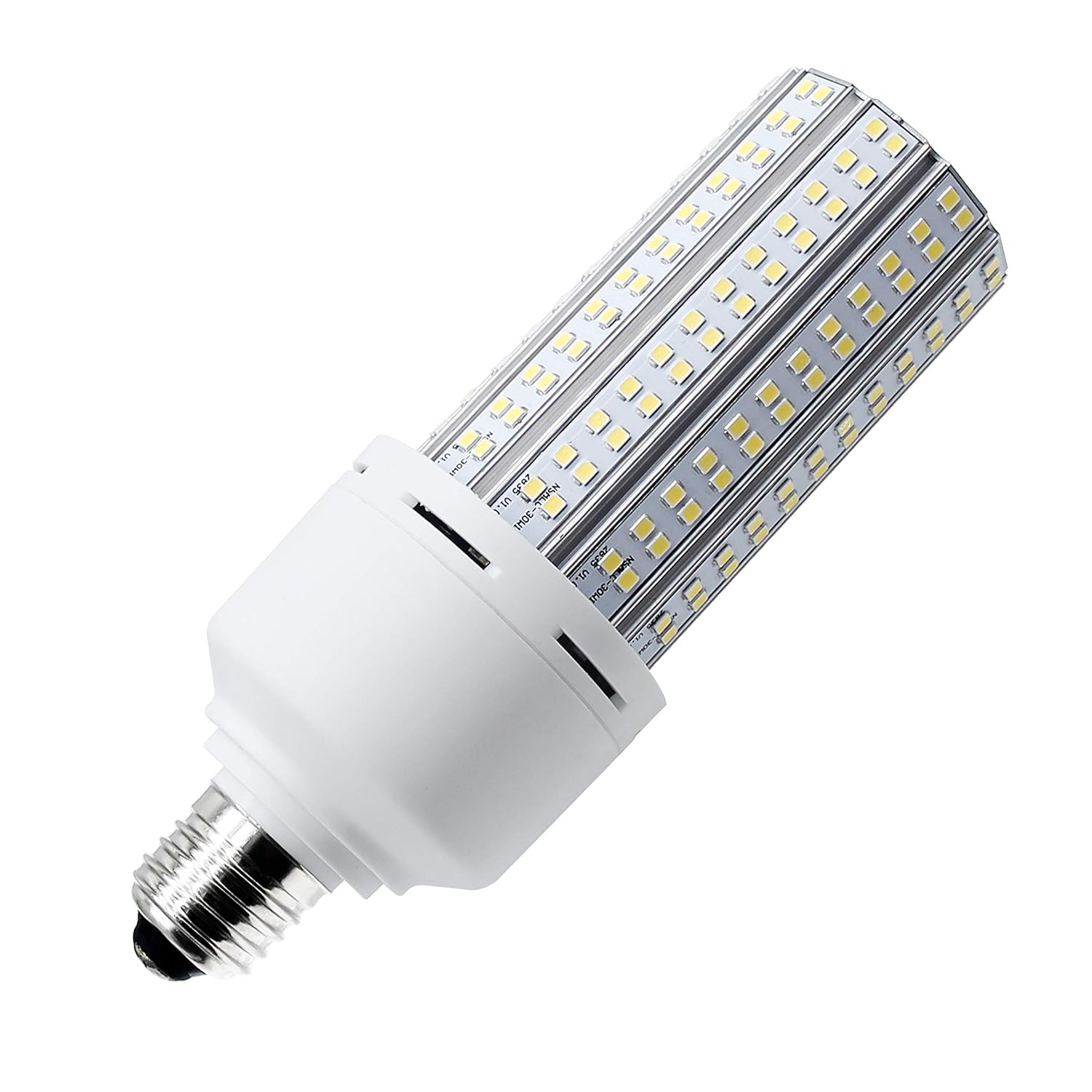
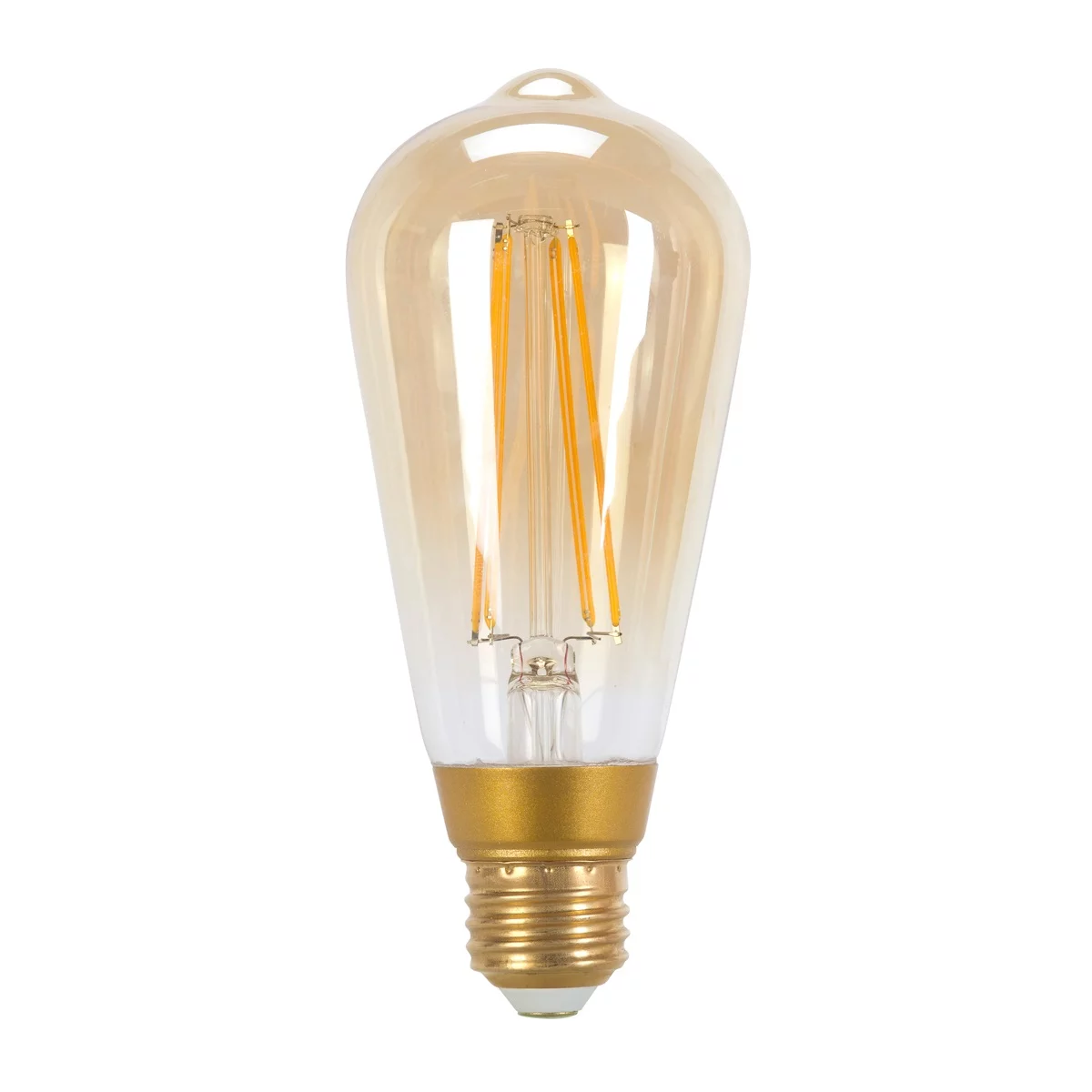
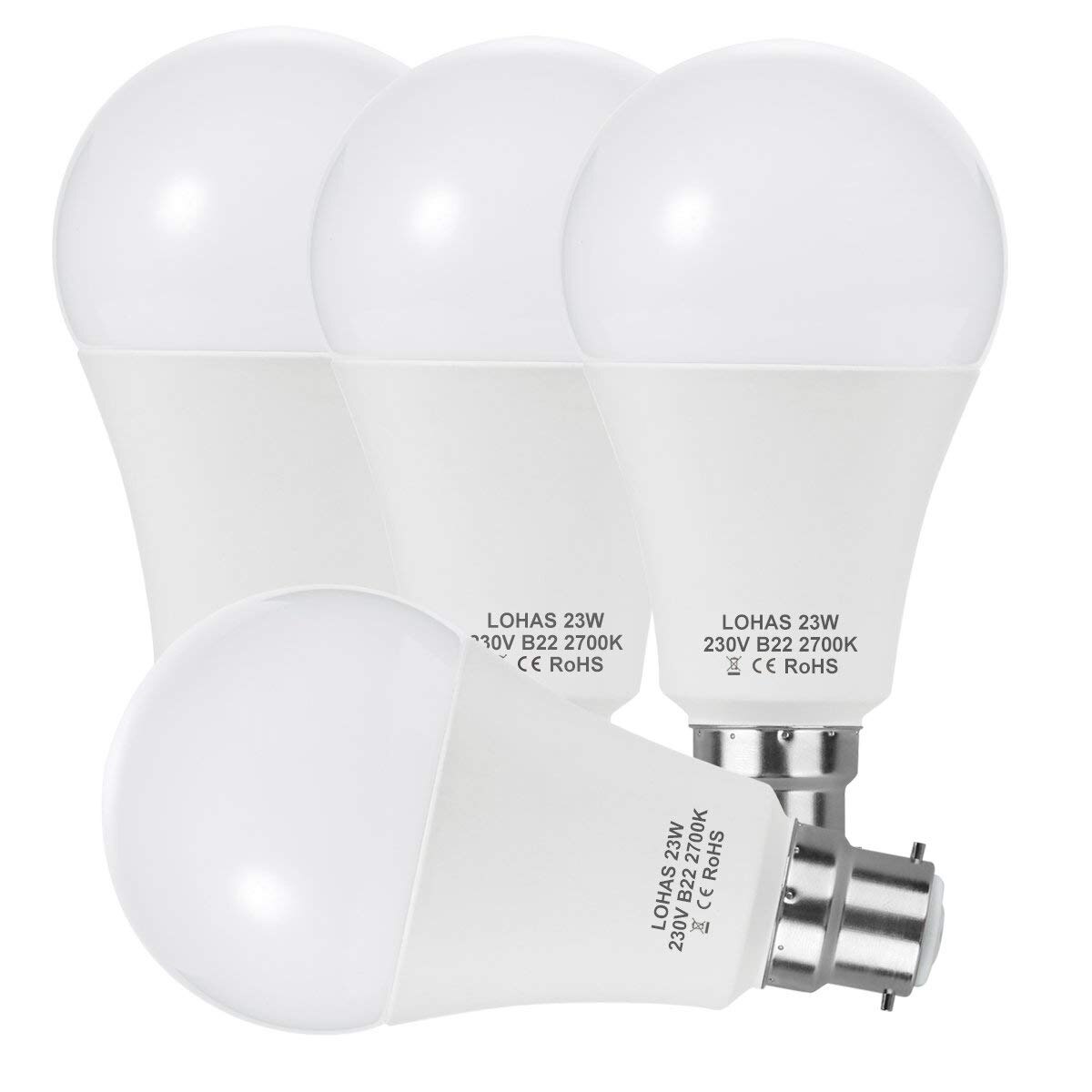
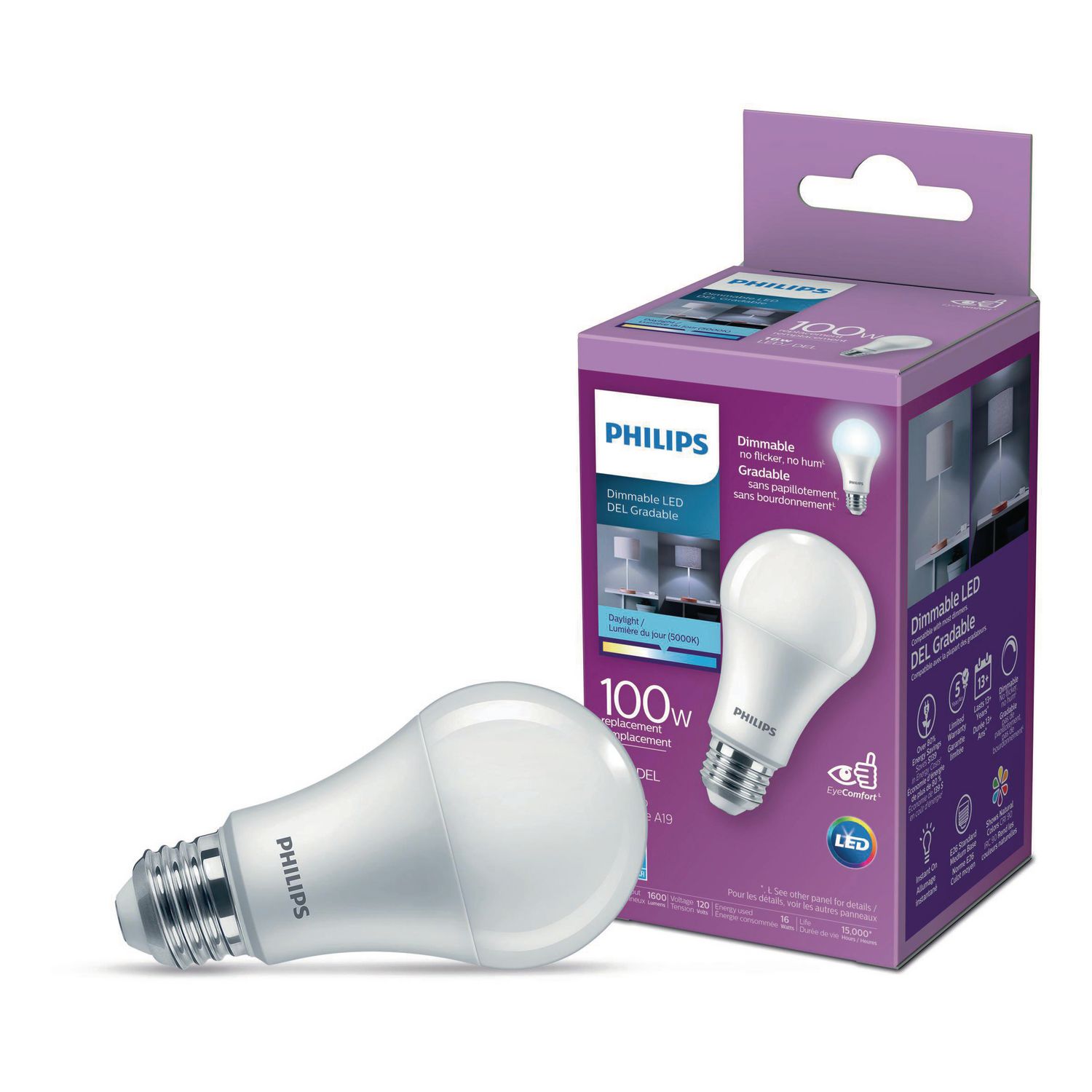
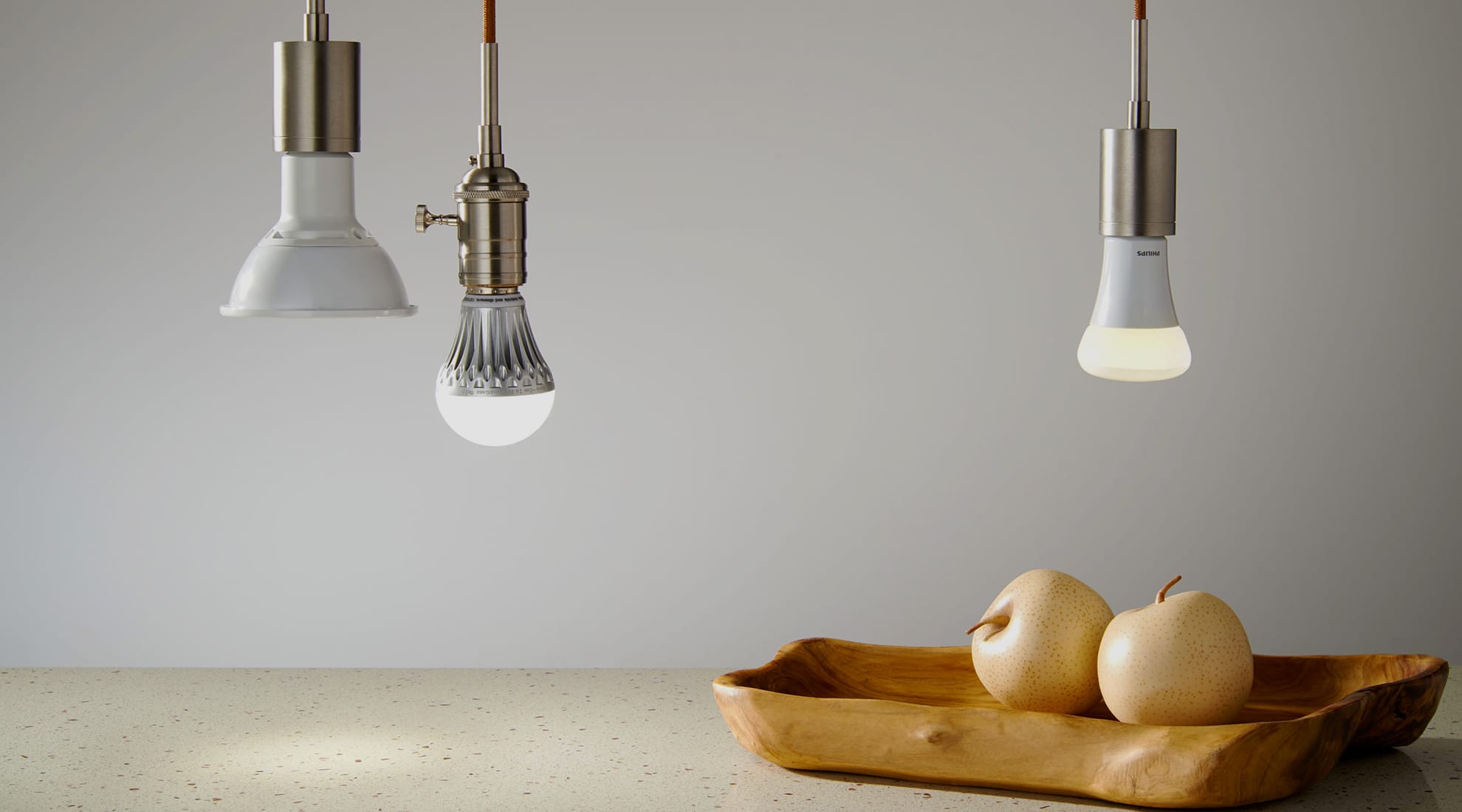
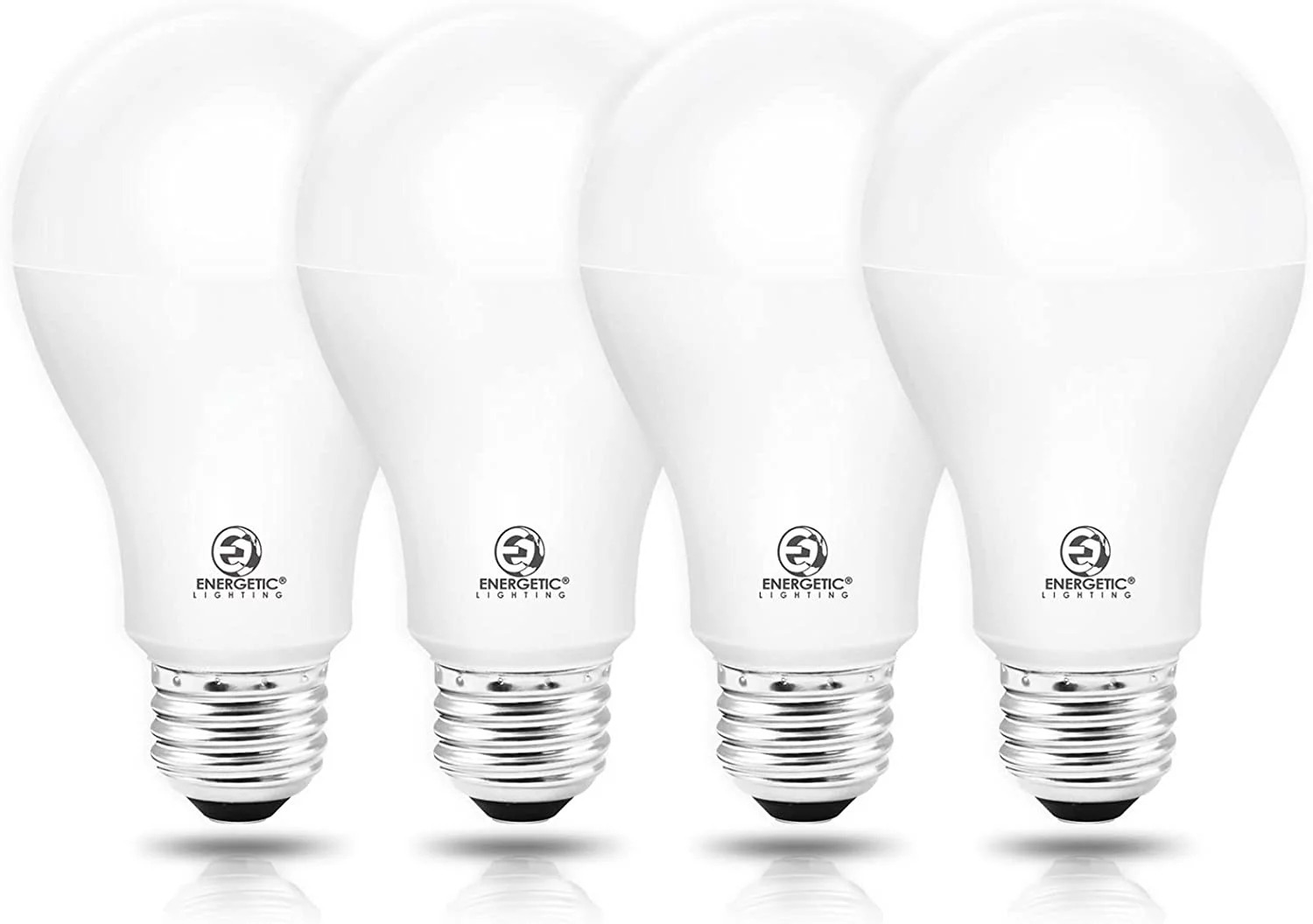
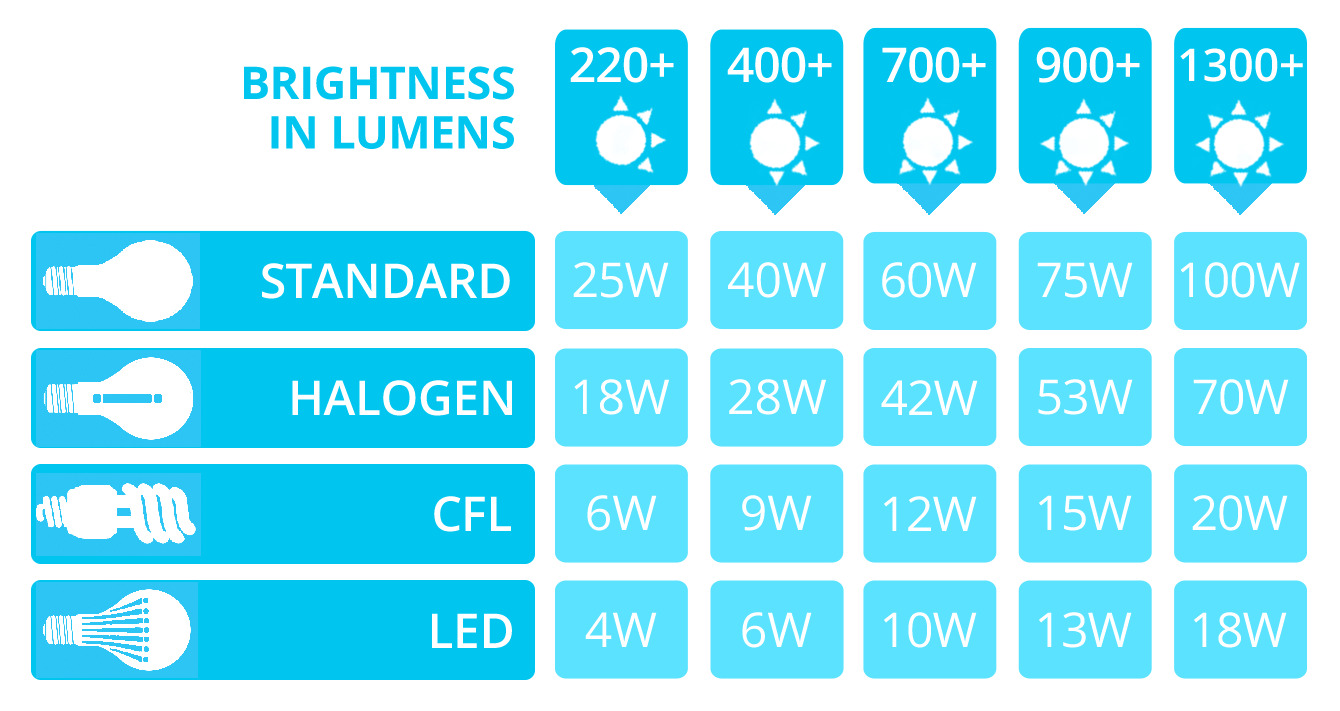
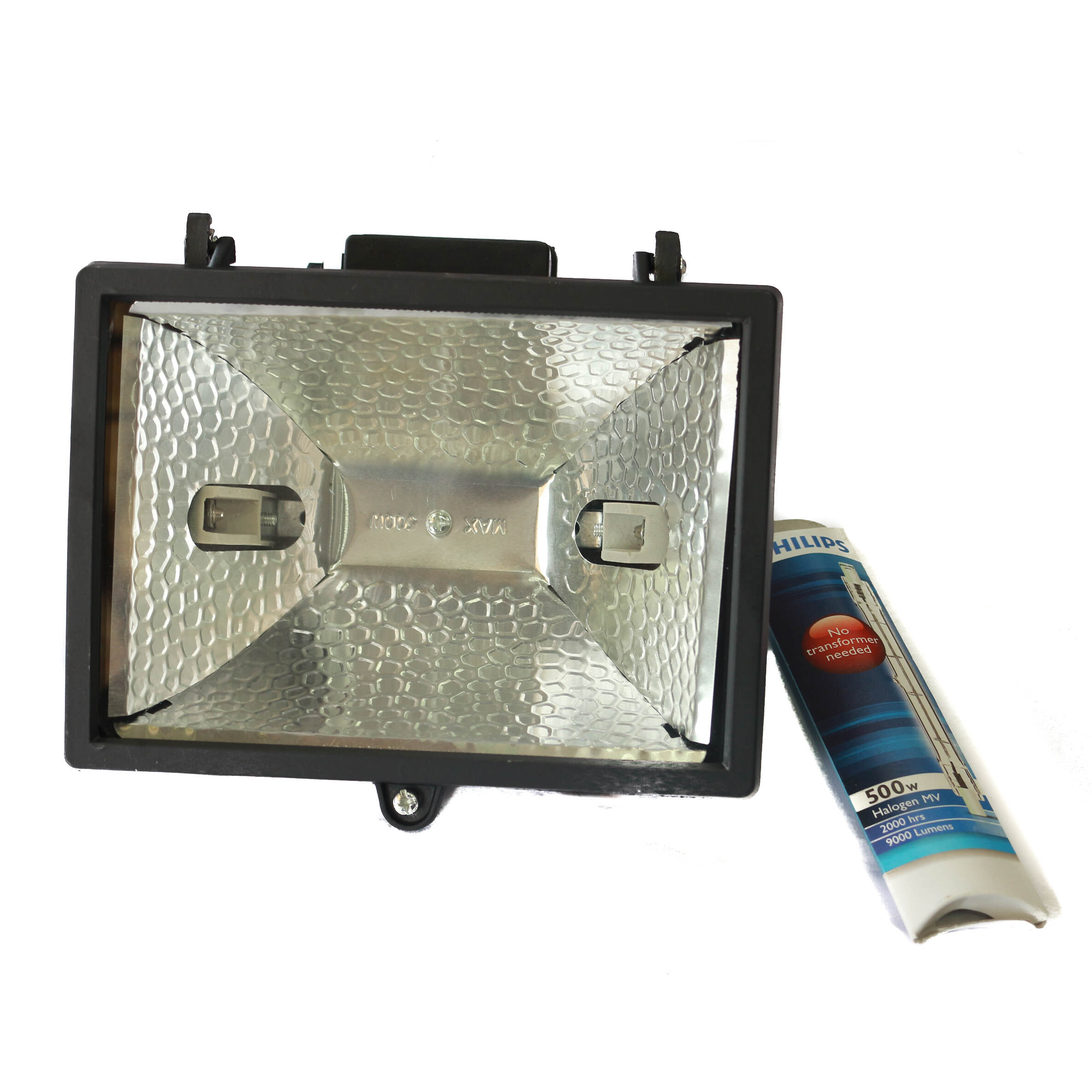
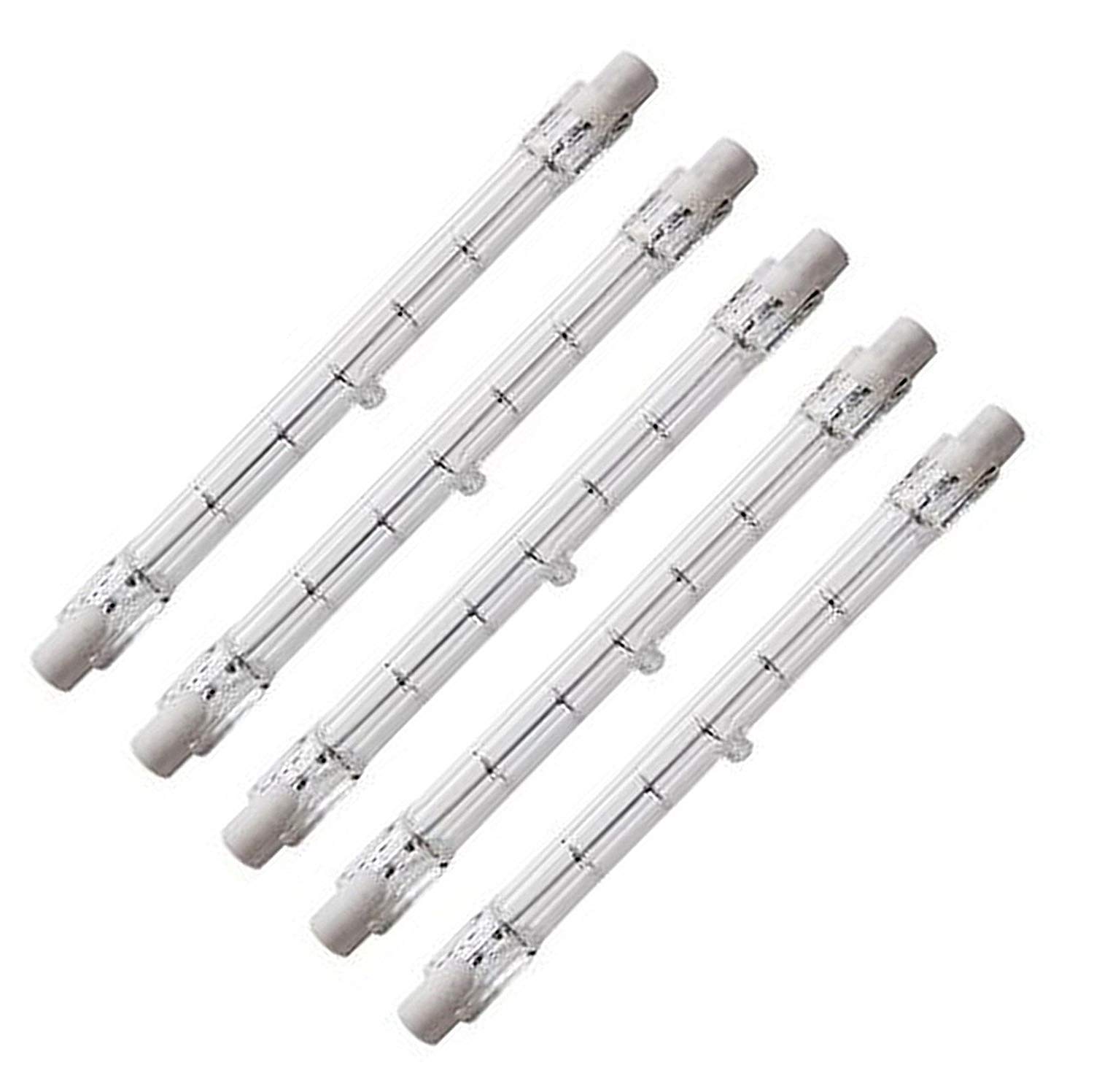
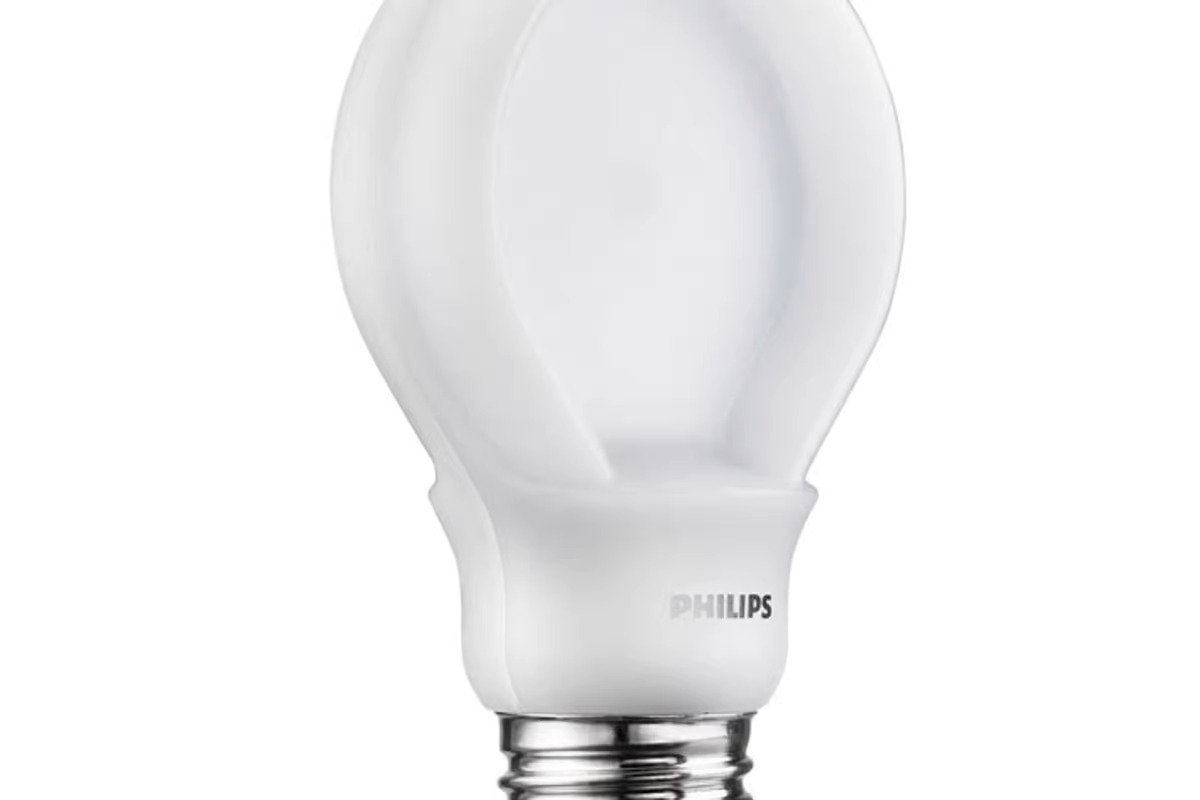
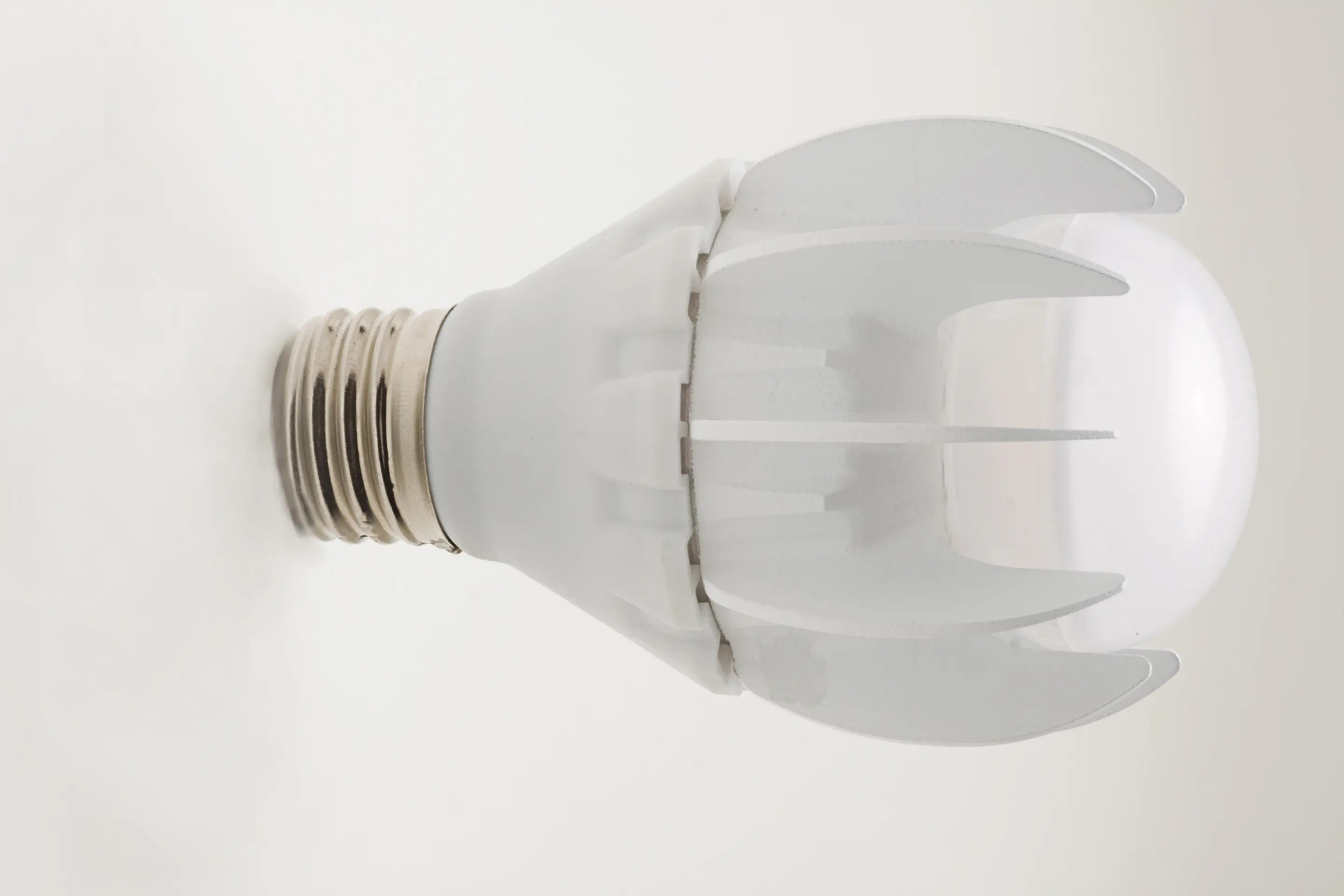
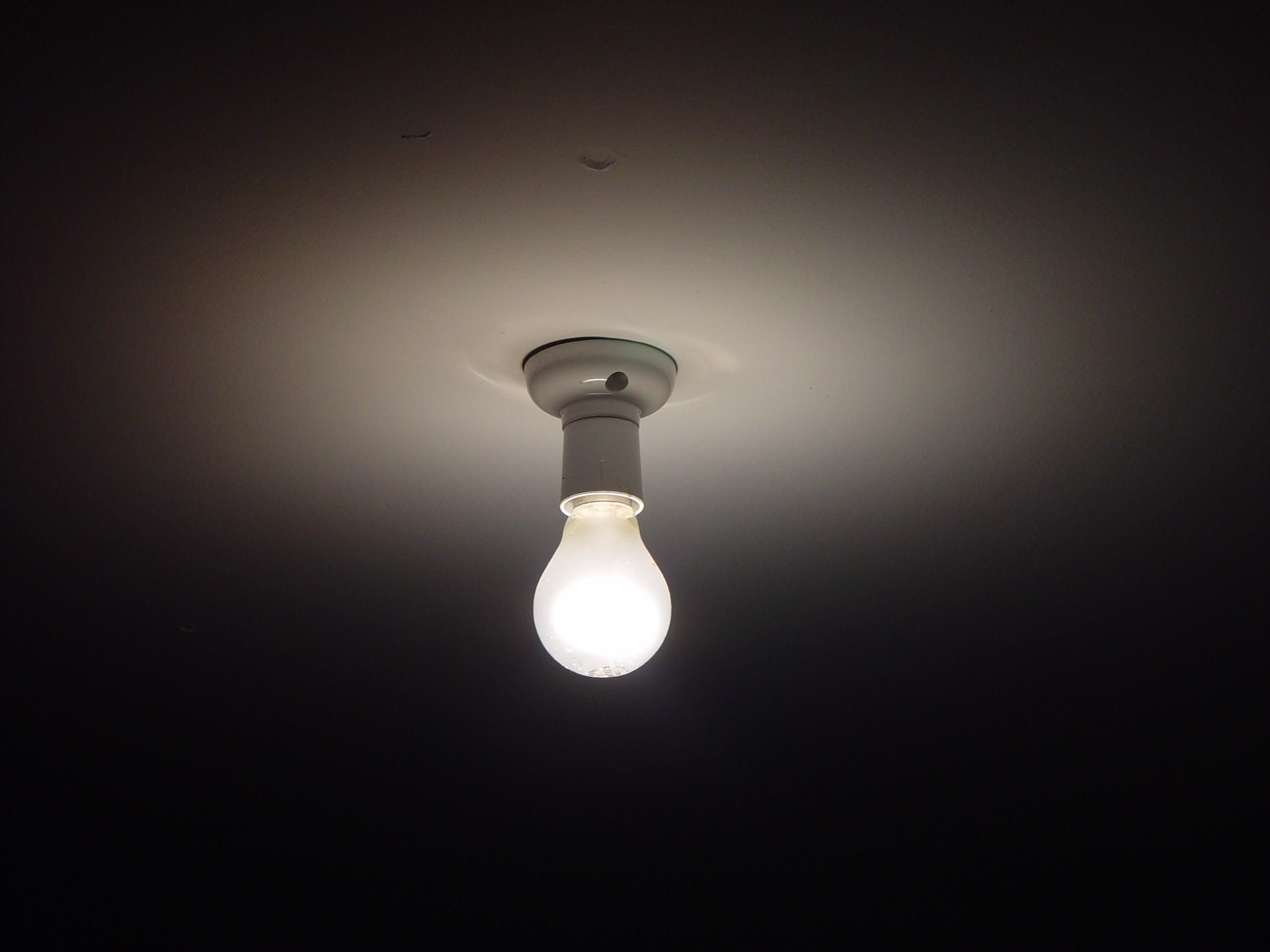
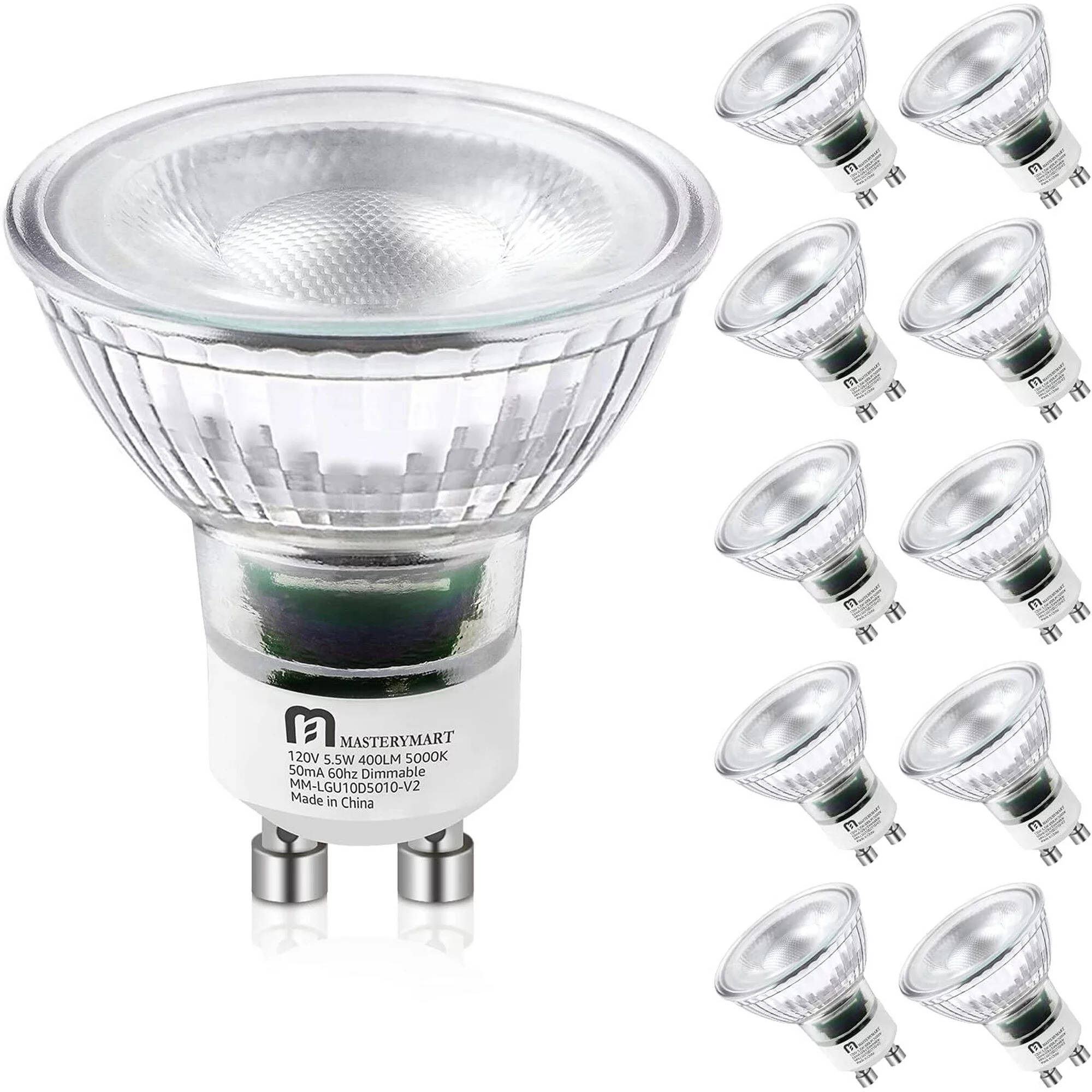
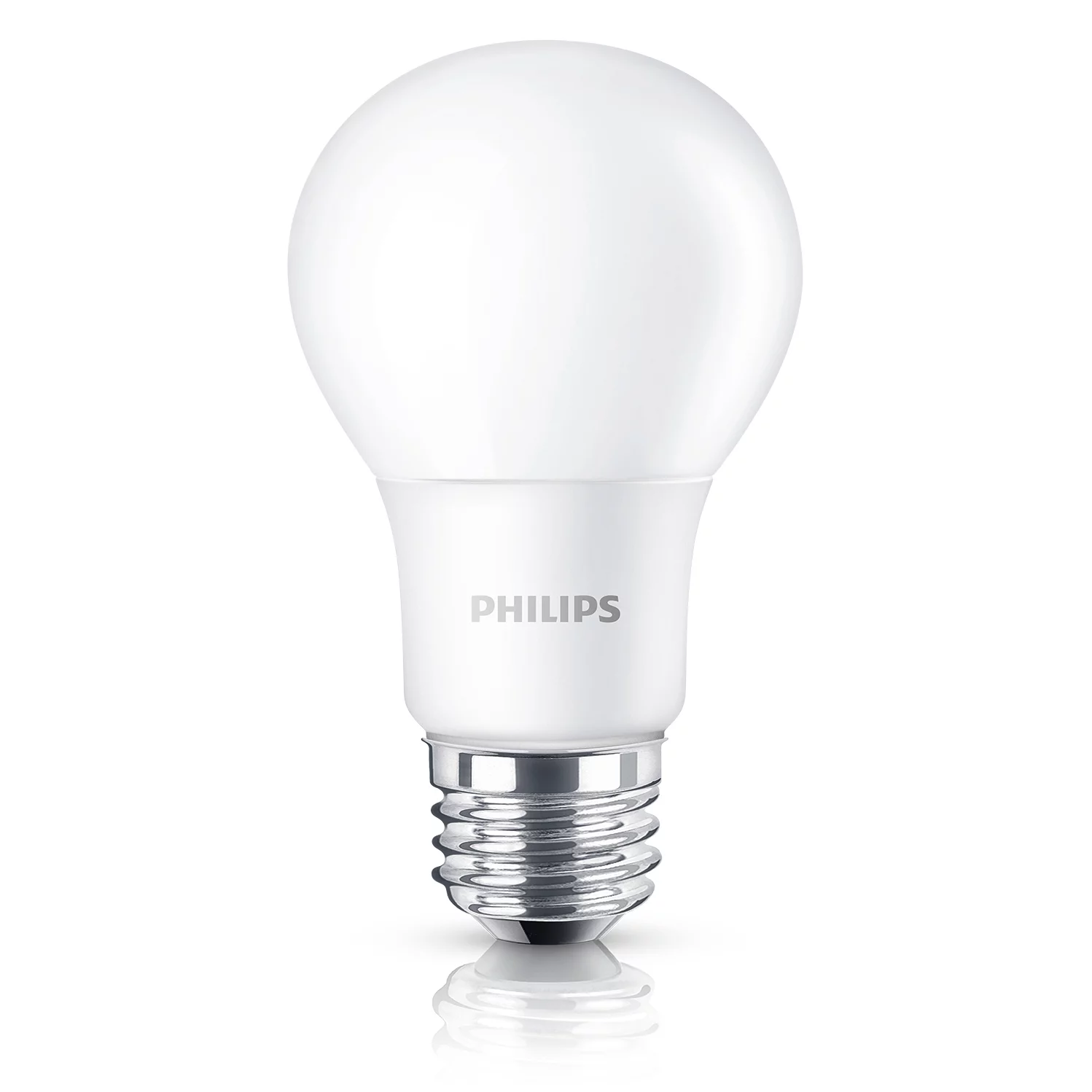

0 thoughts on “How Many Lumens Is A 5-Watt LED Bulb”